Assalamu Alaikum friends
Botanical Characteristics
The Hyacinth Bean belongs to the Fabaceae family, the same family as peas and other legumes. It is a fast-growing, perennial climbing plant that can also be cultivated as an annual crop. Some key features of this plant include:
Appearance: The plant is characterized by its sprawling vines that can grow up to 10-15 feet if supported with trellises or poles. The stems are sturdy, and the leaves are trifoliate, meaning they have three leaflets.
Flowers: The Hyacinth Bean produces small, fragrant flowers that are typically white, pink, or purple. These blossoms are not only visually appealing but also attract pollinators like bees.
Pods: The most notable feature of the plant is its flat, elongated pods that vary in color from light green to purple. Each pod contains 4-6 seeds, which can also be consumed when tender.
Seeds: The seeds are small, oval-shaped, and range in color from cream to brown or black, depending on the variety.
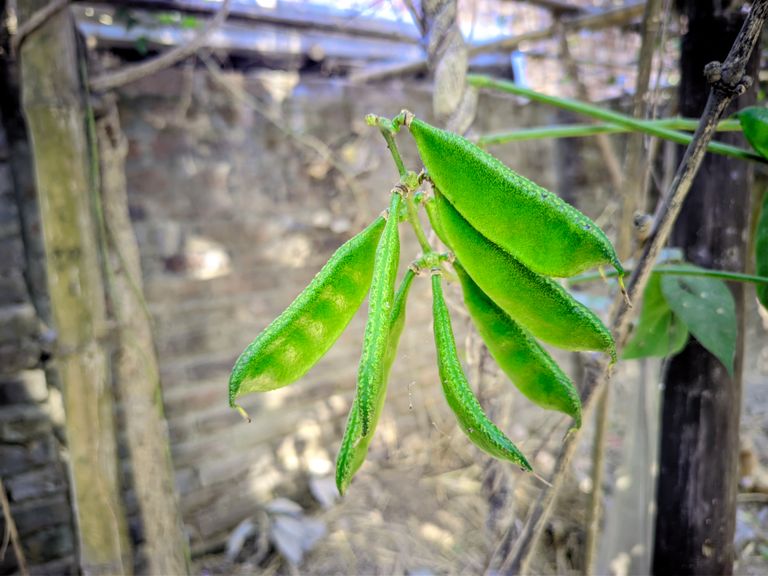
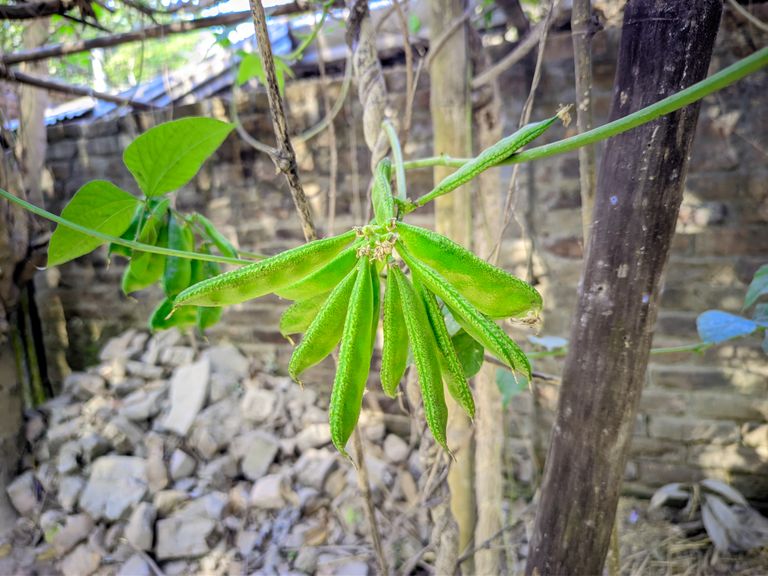
Ideal Growing Conditions
The Hyacinth Bean is a hardy crop that thrives in tropical and subtropical climates. Its ability to tolerate drought and poor soil conditions makes it an excellent choice for marginal lands. Here are some factors that influence its growth:
Climate: The plant prefers warm, sunny weather with temperatures ranging from 20°C to 30°C. It can tolerate mild frost but thrives best in frost-free regions.
Soil: Well-drained, loamy soil with a neutral to slightly acidic pH (6.0-7.0) is ideal. However, it can grow in a variety of soil types due to its nitrogen-fixing ability.
Watering: While the plant is drought-tolerant, it performs best with regular watering during the growing season, especially when flowers and pods are forming.
Propagation: Hyacinth Beans are typically grown from seeds, which should be sown directly into the soil or started indoors for early planting.
Farmers and gardeners often use trellises or stakes to support the climbing vines, ensuring that the pods grow straight and are easy to harvest.
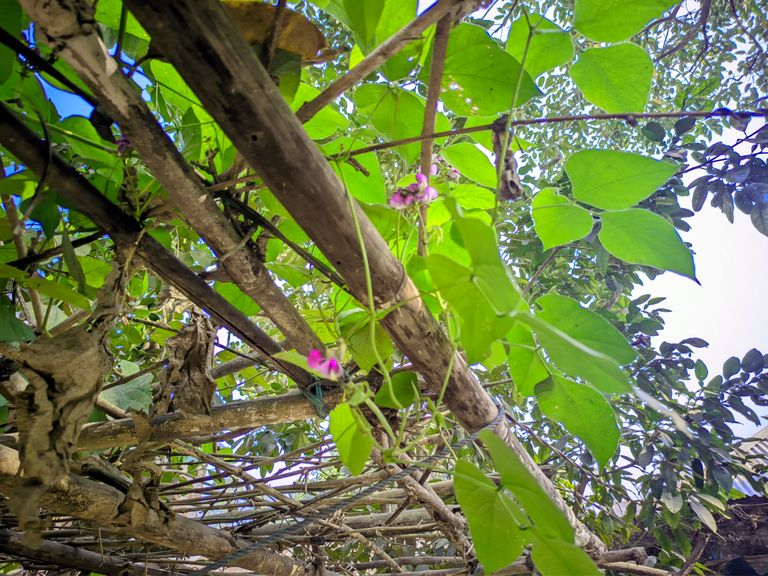
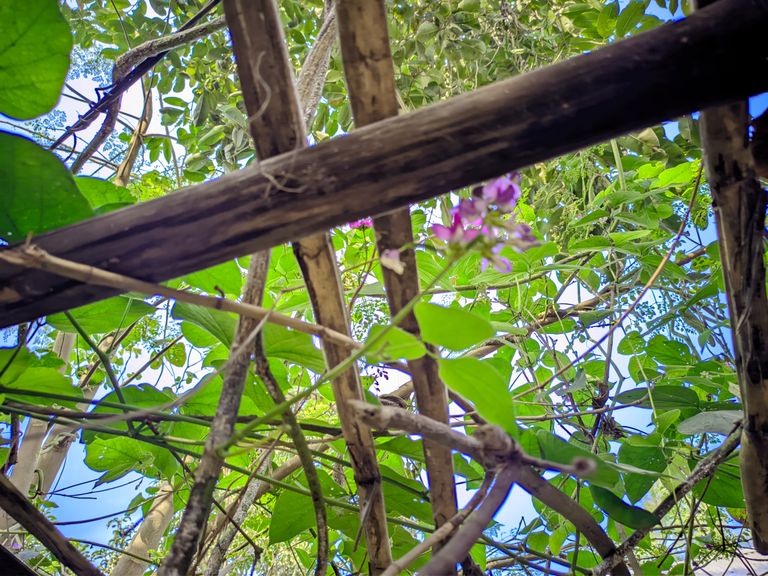
Nutritional Benefits
Hyacinth Beans are a powerhouse of nutrition, providing essential vitamins, minerals, and macronutrients. Both the pods and seeds are consumed, offering a wide range of health benefits:
Rich in Protein: As a legume, Hyacinth Bean is an excellent source of plant-based protein, making it a valuable addition to vegetarian and vegan diets.
Dietary Fiber: The pods are rich in dietary fiber, which aids digestion, prevents constipation, and promotes gut health.
Vitamins and Minerals: The vegetable is packed with vitamins such as vitamin A, C, and B-complex, as well as minerals like iron, calcium, and magnesium.
Antioxidants: The plant contains various antioxidants that help combat free radicals, reducing the risk of chronic diseases like cancer and heart conditions.
Low in Calories: Hyacinth Beans are low in calories and fat, making them an ideal food for weight management.
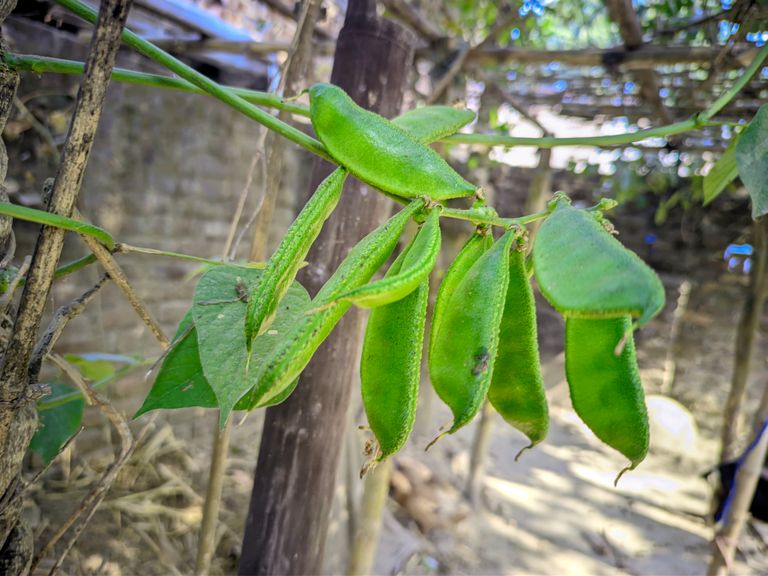
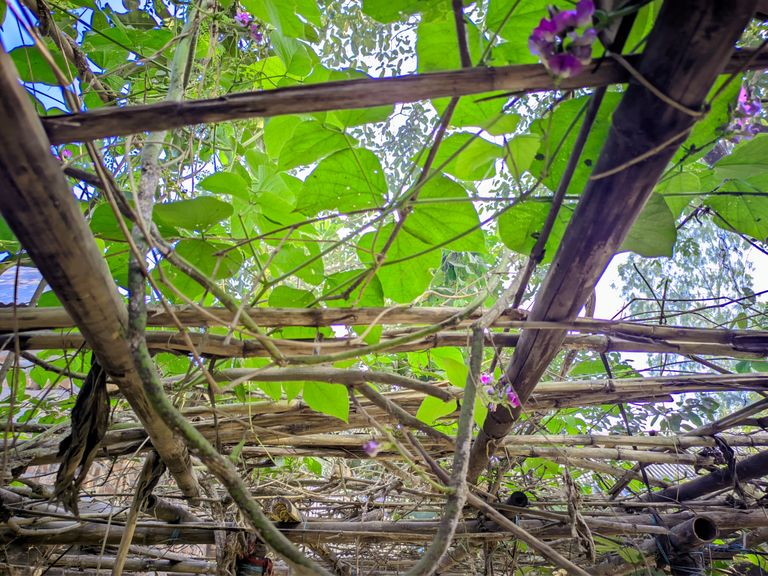
Culinary Applications
Hyacinth Bean is a versatile ingredient used in various cuisines worldwide. In Bangladesh, it is a beloved vegetable that features prominently in traditional dishes. Here are some common culinary uses:
Stir-Fries: The tender pods are often sliced and stir-fried with spices, garlic, and onions to create a simple yet flavorful side dish.
Curries: Hyacinth Beans are frequently added to curries, where they absorb the rich flavors of the spices and gravy.
Mixed Vegetables: The pods can be combined with other vegetables like potatoes, eggplants, and pumpkins to make hearty mixed dishes.
Soups and Stews: In many cultures, the beans are used to prepare nourishing soups and stews, often with meat or fish for added flavor.
Pickles: In some regions, the pods are pickled with mustard, chili, and vinegar, creating a tangy condiment.
Seeds: Mature seeds are dried and used as pulses or ground into flour for making bread and other dishes.
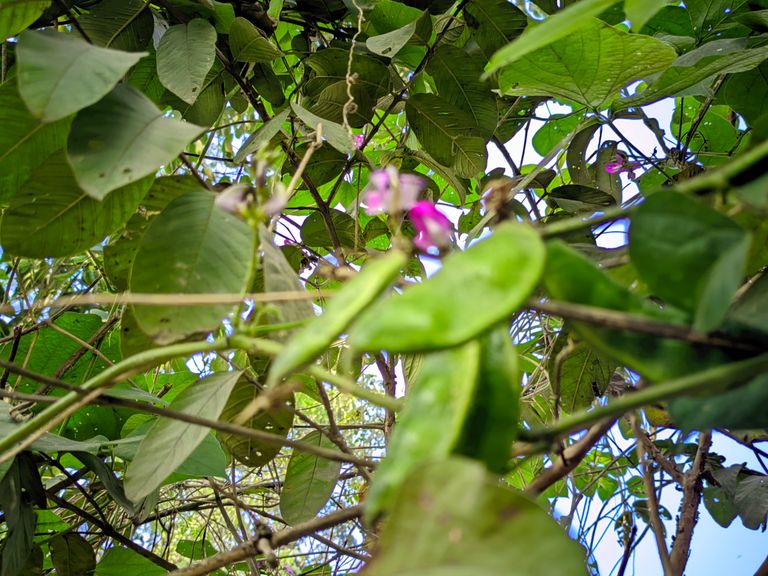
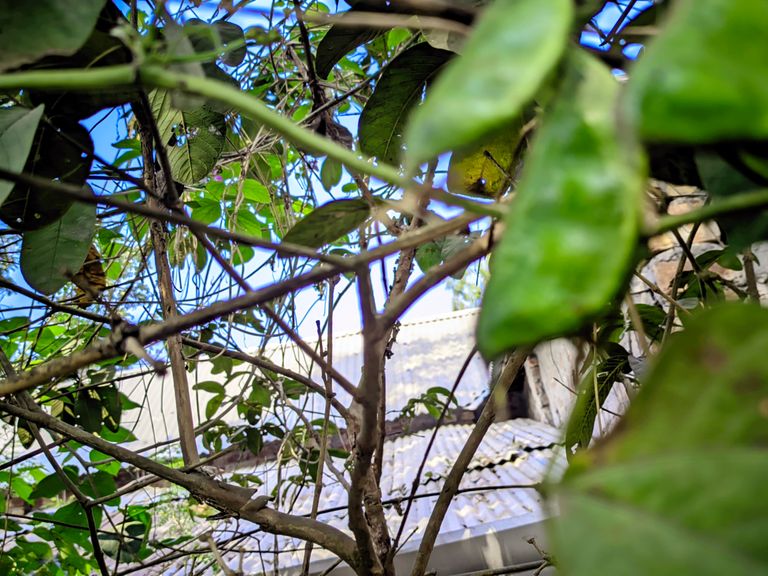
Traditional and Cultural Significance
In countries like Bangladesh, India, and Nepal, the Hyacinth Bean has deep cultural roots. It is often grown in home gardens and small farms, ensuring a steady supply of fresh vegetables for families. The plant’s hardiness and adaptability make it an important crop for food security in rural areas.
Additionally, Hyacinth Beans are used in traditional medicine to treat ailments such as digestive issues, inflammation, and skin problems. The leaves and seeds are also known to have medicinal properties.
Challenges in Cultivation
Despite its many benefits, Hyacinth Bean cultivation is not without challenges. Farmers often face issues such as:
Pests and Diseases: The crop is susceptible to aphids, pod borers, and fungal diseases, which can significantly reduce yields.
Short Shelf Life: Fresh pods have a limited shelf life, making storage and transportation difficult.
Market Demand: In some regions, limited awareness about the vegetable’s benefits can affect market demand.
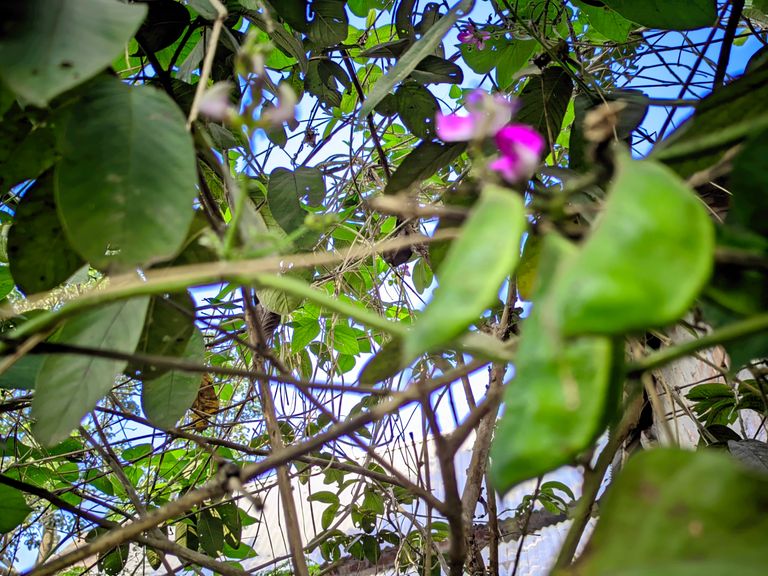
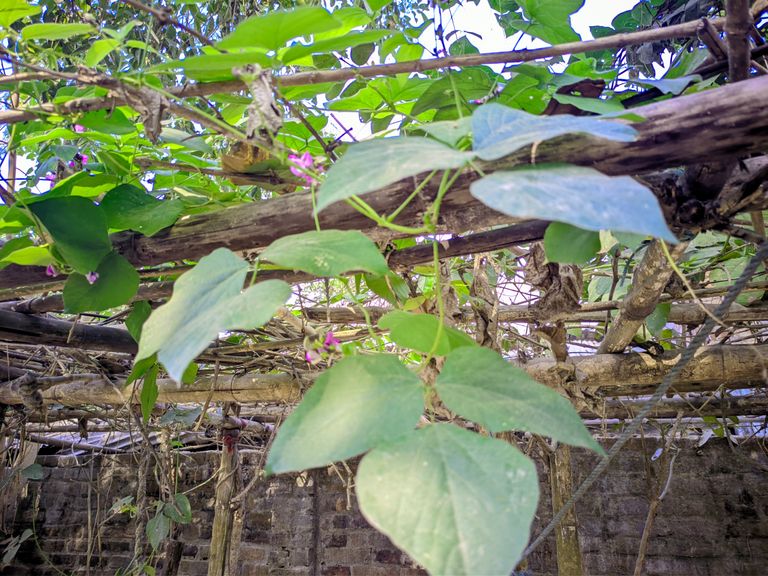
Environmental Impact
Hyacinth Bean cultivation has several positive environmental effects:
Nitrogen Fixation: As a legume, the plant enriches the soil by fixing atmospheric nitrogen, reducing the need for synthetic fertilizers.
Low Water Requirement: The plant’s drought tolerance makes it suitable for water-scarce regions, promoting sustainable agriculture.
Agroforestry: Hyacinth Beans are often grown in agroforestry systems, where they provide shade and improve soil fertility for other crops.
Future Prospects
With growing interest in sustainable farming and plant-based diets, the Hyacinth Bean has the potential to play a significant role in global agriculture. Researchers are exploring ways to improve yields, enhance nutritional content, and develop value-added products such as bean-based snacks and protein powders.
Ending here today..........
❤️ Thanks for visiting my blog.
I hope you like this blog.
If you like the blog, let me know through the comment.
See you again in the next blog.
Stay healthy, be careful and follow me.
And Subscribe my YouTube Channel
https://youtube.com/@littlerafi-h6l?si=tyZIp4JJPDkbTQtL